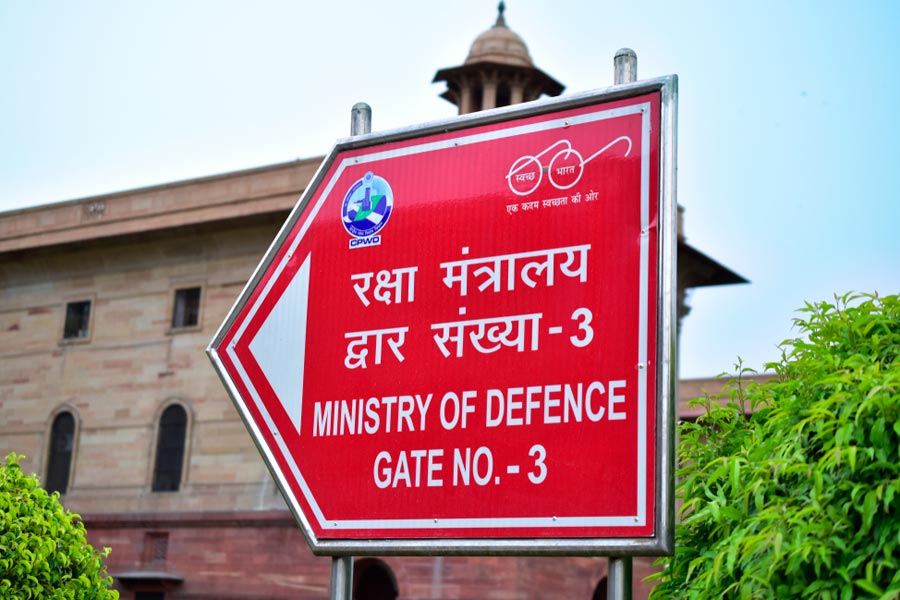 |
Called “a honky-tonk town” for the ear-splitting honking on every street, even near hospitals and educational institutions, students from 111 city schools will attempt to take the bull by its horns on Monday morning with a message for motorists: “No-horn please”.
According to a 2009 survey the city has to hear — and bear — one honk every eight seconds over 24 hours, the frequency almost doubling during daytime. And experts say exposure to incessant honking, a major contributor to noise pollution, can permanently damage a person’s ability to hear and increase stress level.
Bearing this in mind, police chief Surajit Kar Purkayastha decided to involve schools and observe a no-honking day for spreading awareness about the din created by unnecessary honking, even in silence zones.
Till last year, only a handful of schools had participated in such programmes and only in the vicinity of their campuses.
“The commissioner said greater awareness could reduce excessive honking. We are not expecting immediate results. But it will register some awareness,” said an officer.
The schools participating in the drive include La Martiniere for Boys, Don Bosco, St. James’, Modern High, South Point and Shri Shikshayatan.
A West Bengal Pollution Control Board survey carried out at 10 crossings across the city in 2009 found that ambient noise levels were in excess of 70 decibel, well above the national noise limits of 65 decibel in commercial areas and 55 decibel in residential zones.
The pollution board study states that one can hear 18,857 honks in 24 hours if he/she stands at Ultadanga, one of the city’s busiest crossings. That is one honk every five seconds. The daytime average is one honk every three seconds.
The situation is no better even in front of hospitals or educational institutes. “Our classroom is on the second floor facing Colootala Street. The constant drone of honking from the Colootala Street-College Street crossing disturbs the academic environment. We cannot hear what the teacher says though a microphone is used to deliver lectures,” said Shreya Sengupta, a first-year MA student of English at Calcutta University.
“From our windows we can see patients admitted to the eye department of Calcutta Medical College. They too have to bear with the din.”
Rules prohibit horns above 45 decibel — almost equal to sound of a normal human voice — from 6am to 10pm in front of hospitals and educational institutes. In reality, the sound often exceeds 100 decibel.
“I have seen that city people hear less than those living in rural areas,” said Ramanuj Sinha, a professor at the ENT department of RG Kar Medical College.
Though no survey has been conducted since 2009, it is anybody’s guess how much the honking has increased as an estimated 50,000 vehicles are being added to the city’s streets every year.
But ridding the city of its high-decibel monster is a tall order given its congested roads, chaotic traffic and ubiquitous jaywalkers.
“People walk across a road even when the traffic light is green for cars. I have to blow the horn to stop people from walking into my car,” a banker said.
An insurance executive said lane driving could have solved the problem. “I have not seen vehicles changing lanes so suddenly and frequently in any other metro,” she said.











